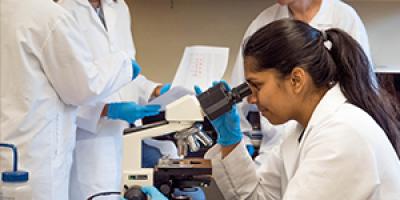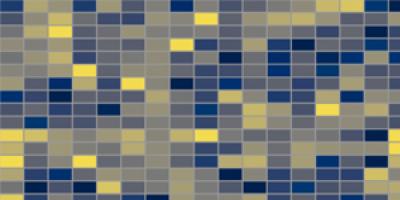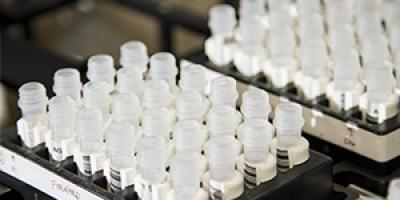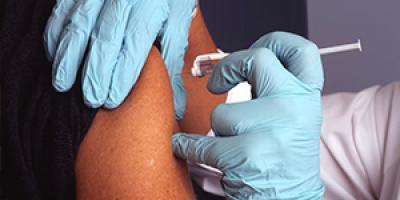Areas of Adjuvant Research
Contact Information
Points of contact for each program can be found on individual program pages.
The Vaccine Adjuvant Compendium (VAC) was launched in 2021 by the NIAID Division of Allergy, Immunology, and Transplantation (DAIT) to foster collaborations between NIAID-supported adjuvant researchers and the broader scientific community.
The NIAID Adjuvant Webinar Series presents current research relating to vaccine adjuvants on the fourth Tuesday of every month from 12:30 – 1:30 p.m. (ET) .
NIAID plays a leading role in the discovery, development, and characterization of new vaccine adjuvants that may be used to: improve the efficacy of current vaccines; design new or improved vaccines for existing and emerging infectious diseases; and develop vaccines to treat allergies, autoimmune diseases, and cancer.
BCBB Scientific Services and Resources
The Bioinformatics and Computational Biosciences Branch (BCBB) offers a suite of scientific services and resources for the NIAID research community and its collaborators. BCBB provides expertise and computational solutions to researchers at all levels of experience. Computational biologists collaborate on projects using a wide variety of techniques and approaches, and offer research support and training on software to answer related research questions.
Fernanda D. Young, M.D.
Food allergy is a significant health problem in the United States, affecting children and adults, both immune competent and immune compromised. The overall goal of the Food Allergy Research Section (FARS) is to understand the genetic, immunologic, and biochemical pathways that lead to the development of food allergy and how they can be modified for therapeutic benefit. We aim to achieve this goal using a multifaceted approach with studies involving both patients and animal models of their diseases.
Our team in particular is studying why only some patients who have detectable IgE to specific foods experience an allergic reaction when they eat the food, and we are working to identify immunologic markers that can predict the severity and persistence of food allergy.
By achieving a greater understanding of the key environmental, immunologic, and biochemical pathways that drive the development of food allergy, we will be able to develop novel interventions that are based on a advanced understanding of disease pathogenesis.
Tsao LR, Young FD, Otani IM, Castells MC. Hypersensitivity Reactions to Platinum Agents and Taxanes. Clin Rev Allergy Immunol. 2022 Jun;62(3):432-448.
Hubbard TP, Billings G, Dörr T, Sit B, Warr AR, Kuehl CJ, Kim M, Delgado F, Mekalanos JJ, Lewnard JA, Waldor MK. A live vaccine rapidly protects against cholera in an infant rabbit model. Sci Transl Med. 2018 Jun 13;10(445):eaap8423.
Dörr T, Delgado F, Umans BD, Gerding MA, Davis BM, Waldor MK. A Transposon Screen Identifies Genetic Determinants of Vibrio cholerae Resistance to High-Molecular-Weight Antibiotics. Antimicrob Agents Chemother. 2016 Jul 22;60(8):4757-63.
Dörr T, Alvarez L, Delgado F, Davis BM, Cava F, Waldor MK. A cell wall damage response mediated by a sensor kinase/response regulator pair enables beta-lactam tolerance. Proc Natl Acad Sci U S A. 2016 Jan 12;113(2):404-9.
Malen R, Knerr S, Delgado F, Fullerton SM, Thompson B. Rural Mexican-Americans' perceptions of family health history, genetics, and disease risk: implications for disparities-focused research dissemination. J Community Genet. 2016 Jan;7(1):91-6.
Delgado F, Tabor HK, Chow PM, Conta JH, Feldman KW, Tsuchiya KD, Beck AE. Single-nucleotide polymorphism arrays and unexpected consanguinity: considerations for clinicians when returning results to families. Genet Med. 2015 May;17(5):400-4.
Related News
Dr. Young’s work places an emphasis on clinical research to identify contributory factors to:
- food allergy and allergic disease
- transplant associated food allergy
- drug allergy and drug reactions





